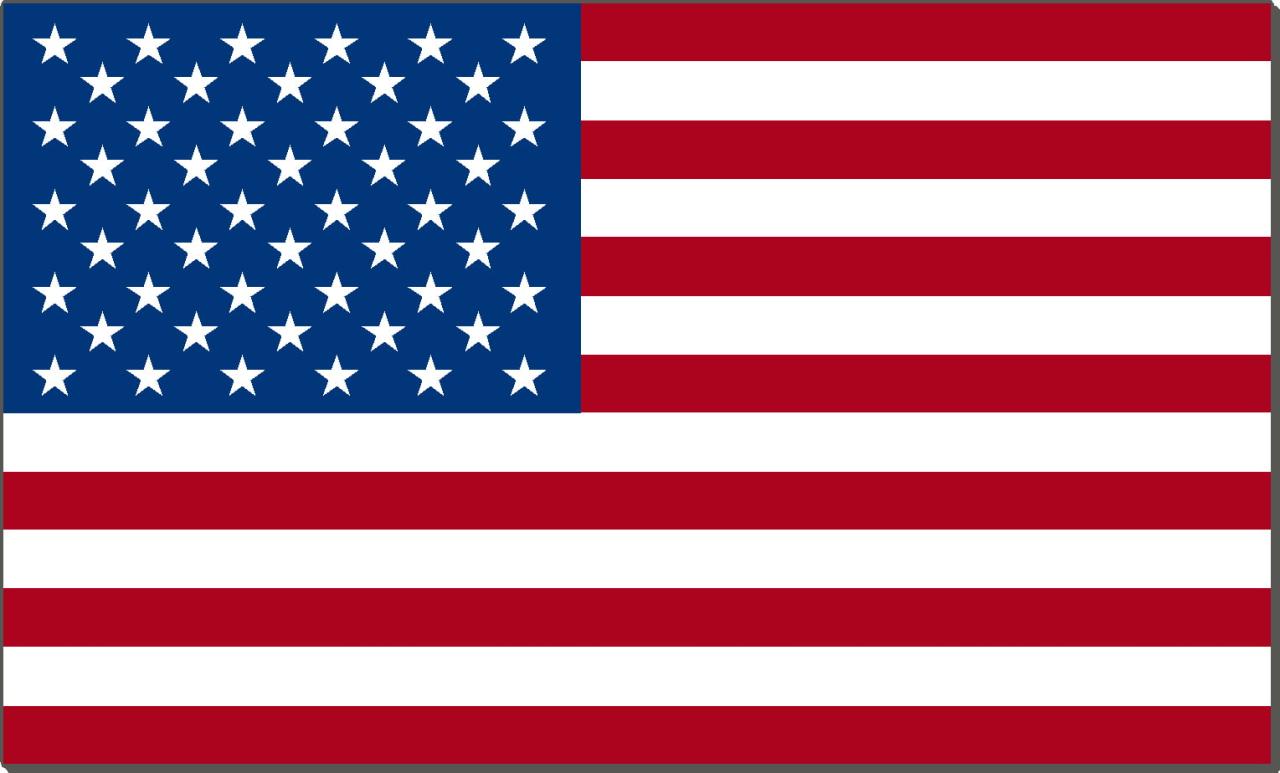
The Story of the American Flag: A Journey of Stars, Stripes, and Symbolism
Introduction:
The American flag, a universally recognizable symbol of freedom, democracy, and national pride, has evolved over centuries, carrying with it a rich tapestry of stories, triumphs, and sacrifices. Its vibrant colors, intricate design, and countless stars and stripes have significance that goes beyond mere aesthetics. In this comprehensive article, we embark on a journey to unravel the captivating history, symbolism, and evolution of the American flag, exploring its profound impact on the nation’s identity and the world stage.
The Genesis: The Birth of an Emblem
The roots of the American flag can be traced back to the tumultuous era of the American Revolution. As the colonists rallied against British rule, they sought to create a distinct emblem that would represent their aspirations for independence and unity. In 1775, the Continental Congress commissioned the creation of a "grand union flag," featuring 13 alternating red and white stripes, symbolizing the 13 original colonies, with the British Union Jack in the canton (upper left corner).
The Stars and Stripes Emerge
As the war progressed, the relationship between the colonies and Great Britain deteriorated, and the need for a unique American flag became more pressing. In 1777, the Continental Congress passed the Flag Resolution, which removed the British Union Jack and introduced 13 white stars on a blue field, representing the new constellation of states. The resolution also established the standard proportions of the flag and the arrangement of the stars and stripes.
The Francis Scott Key Inspiration
During the War of 1812, the American flag faced one of its most iconic moments. In 1814, during the Battle of Fort McHenry, a young lawyer named Francis Scott Key witnessed the relentless bombardment of the American flag flying over the fort. Inspired by the sight of the flag still waving defiantly after the smoke cleared, Key penned the lyrics to "The Star-Spangled Banner," which would later become the national anthem.
Expansion and Evolution
As the United States expanded westward and admitted new states, the need to include additional stars on the flag became apparent. In 1818, Congress passed a law stating that a new star would be added to the flag for each newly admitted state. The addition of Alaska and Hawaii in 1959 brought the number of stars to 50, which has remained unchanged ever since.
Symbolism and Interpretation
The colors and patterns of the American flag carry profound symbolic meanings:
- Red: Symbolizes hardiness, valor, and the blood shed in the defense of liberty.
- White: Represents purity, innocence, and hope.
- Blue: Embodies vigilance, perseverance, and justice.
- Stars: Each star represents a state of the Union, forming a constellation of unity and shared purpose.
- Stripes: The 13 alternating red and white stripes symbolize the original 13 colonies and the principles of liberty and equality.
The Flag as a Unifying Force
Throughout history, the American flag has served as a unifying force, rallying citizens together during times of war, celebration, and tragedy. It has flown over battlefields, graced podiums of triumph, and been a beacon of hope in times of adversity. The flag transcends political affiliations and becomes a symbol of shared values, aspirations, and a collective sense of belonging.
The Flag and International Diplomacy
The American flag has played a pivotal role in international diplomacy and relations. It has been planted on the moon, flown on diplomatic missions, and waved at international summits, symbolizing the nation’s presence, stature, and commitment to global cooperation. The flag represents the United States as a beacon of freedom and democracy worldwide.
Preservation and Etiquette
The American flag is a treasured national symbol, and its proper usage and display are governed by a set of customs and etiquette. The Flag Code, adopted by Congress in 1942, outlines the protocols for flying, displaying, and disposing of the flag. Proper treatment of the flag includes flying it at half-staff in mourning, displaying it respectfully, and disposing of it in a dignified manner.
FAQ:
Q: Why does the American flag have 50 stars?
A: Each star represents a state of the Union, and there are currently 50 states in the United States.
Q: What is the significance of the 13 stripes?
A: The 13 stripes symbolize the 13 original colonies that declared independence from Great Britain.
Q: When is the American flag flown at half-staff?
A: The flag is flown at half-staff as a sign of mourning or respect for deceased individuals or events.
Q: What is the proper way to dispose of an American flag?
A: The American flag should be disposed of in a respectful manner, such as burning it in a dignified ceremony or recycling it through organizations that specialize in proper flag disposal.
Q: What is the name of the national anthem of the United States?
A: The national anthem of the United States is "The Star-Spangled Banner."
References:
- The American Flag: An Illustrated History by Thomas J. Craughwell
- The Flag Code of the United States by the United States Code
- The Star-Spangled Banner: The Story Behind the National Anthem by Peter Charles Hoffer
- Wikipedia: American Flag
- Encyclopedia Britannica: American Flag





